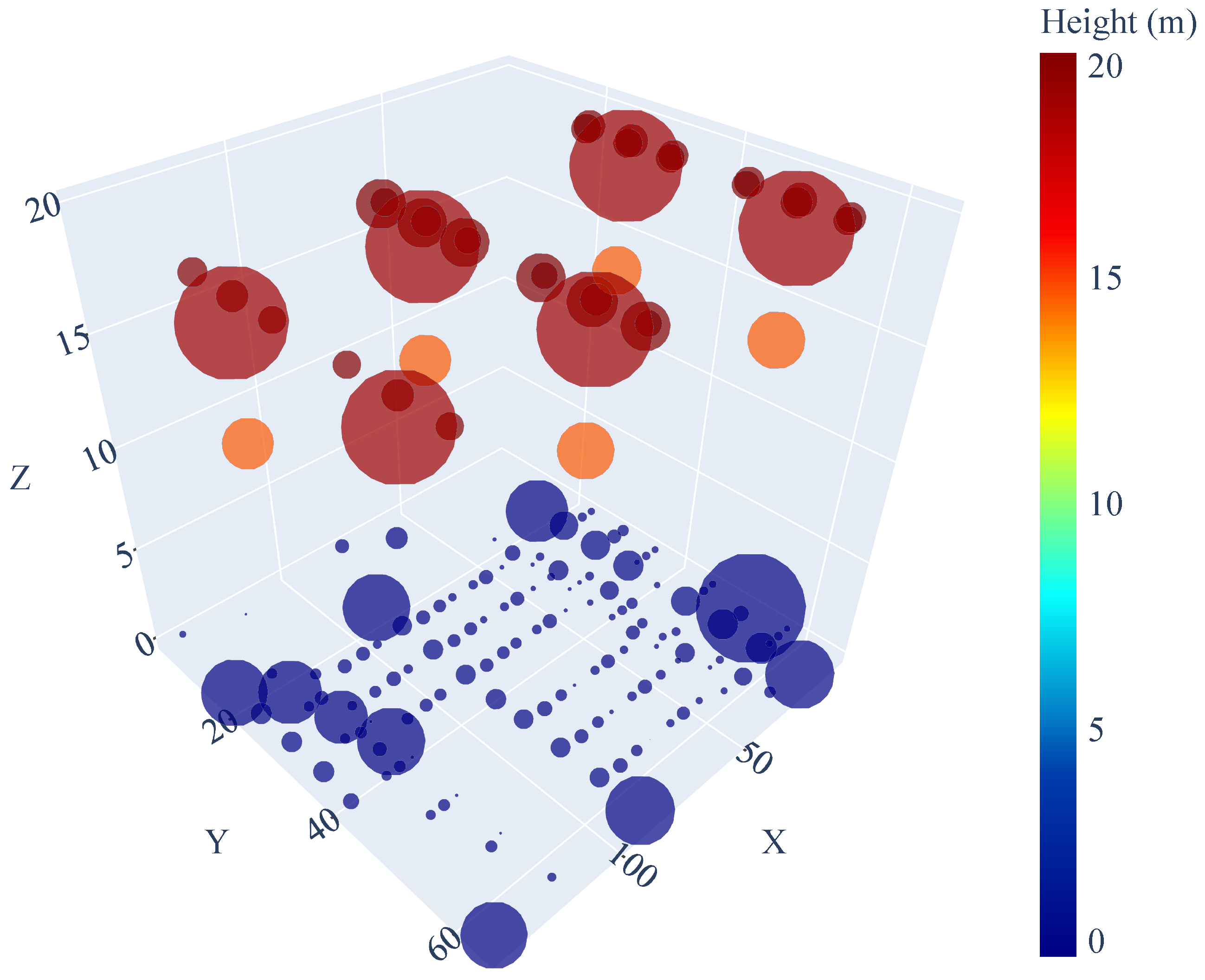

#HOW IN PCAD 2006 WIDTH HEIGHT PROFESSIONAL#
The buildings are 87 percent leased to 100 tenants, mostly small professional service companies. and a five story, 45,000-square-foot connected annex building around the corner at 26 Third St. The San Francisco Business Times said in its issue of of the Central Tower: "The property consists of two buildings, the 21-story, 93,000-square-foot tower at 703 Market St. In 2010, the real estate holding company, RKI 703 Investors LLC, owned the "Central Tower." The Central Tower had not been on the real estate market from the late 1940s until 2013. 1618.) After the 1906 earthquake, the tower was renamed the "Claus Spreckels Building." The San Francisco Call maintained its offices in the Claus Spreckels Building until 1914, when the newspaper moved its offices to a new Call Building at 74 New Montgomery Street. In 1899, the building at the southwest corner of Market Street and 3rd Street was known both as the "Claus Spreckels Building" and the "Call Building." (See Crocker-Langley San Francisco City Directory, 1899, p. Spreckels directed the Reid Brothers to design an ornate, lofty tower nearly double in height-20 stories- to the 10-story Chronicle Building.Ĭoncerned with seismic safety, Spreckels requested the assistance of the noted Chicago structural engineer, Charles Louis Strobel (1852- 1936) who greatly reinforced the building's steel framing. The sugar king, Claus Spreckels (1828-1908), purchased the San Francisco Call Newspaper in 1895, in part because he wanted to compete against his arch-enemy, Michael de Young (1849-1925), owner of the San Francisco Chronicle. In 1938, its appearance was radically changed and modernized by the San Francisco architect, Albert F. Spreckels's skyscraper withstood the Great San Francisco Earthquake of, but required extensive repairs. The new building was the tallest west of the Mississippi River when built, adorned with a crown-like spire visible throughout the city.


Three years later, Spreckels made a sensation when he erected a building for it, nearly twice the size of that housing the Chronicle. Claus Spreckels sought to outdo his enemy Michael de Young, owner of the San Francisco Chronicle newspaper, by buying a rival newspaper, the San Francisco Call,in 1895.


 0 kommentar(er)
0 kommentar(er)
